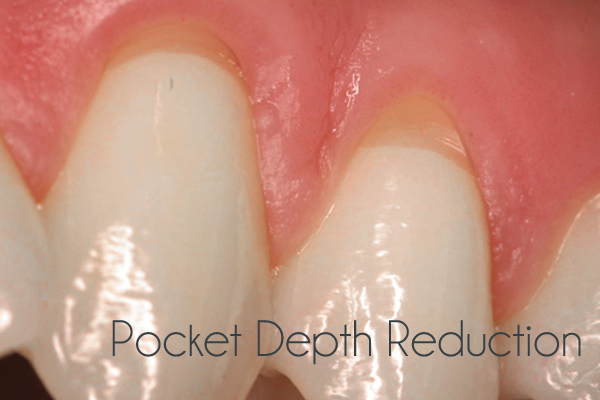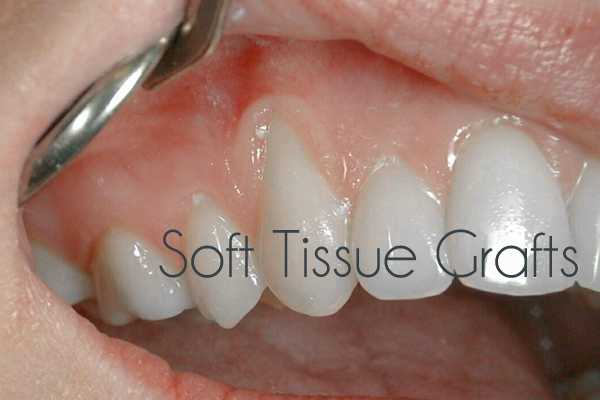Porcelain

Porcelain veneers, alternatively termed dental veneers or dental porcelain laminates, are wafer-thin shells of porcelain that are bonded onto the front side of teeth so to create a cosmetic improvement for a tooth. Porcelain veneers are routinely used by dentists as a way to make cosmetic changes for teeth that are discolored, worn, chipped, or misaligned.
Porcelain veneers create a very life-like tooth appearance.
Since porcelain veneers are glass-like in nature (ceramic) they have a great advantage over other cosmetic bonding techniques by way of the fact that they are translucent.
Dental Cleaning

Dental Cleaning is done very frequently, both as a treatment (for gingivitis) and for prevention of tooth decay and periodontitis.
The scaling of the teeth involves removing the calculus or tartar, the hard and calcified plaque deposit that has formed around teeth and fillings. Plaque often forms in areas that are difficult to brush and it needs to be removed.
Tooth Whitening

Dr. Cabrera use the latest and most advanced teeth whitening process available. The new ZOOM 2 in office Tooth Whitening System is a revolutionary procedure that can lighten your teeth up to EIGHT shades whiter in LESS than an hour.
With Zoom2! you have the control over how white your new smile will be!
A combination of new cutting edge technology, 15,000 Zoom! Lamps in the field plus over a decade of unparalleled whitening experience went into the new & completely redesigned Zoom2. It's the fastest, most effective and most comfortable Zoom! whitening system ever.
Dental Plaque

Dental plaque is the almost invisible, soft, white substance that forms a little blanket that sticks on our teeth. Plaque is most noticeable when teeth are not brushed, and even after brushing it starts growing again immediately.
Plaque consists of millions of germs in a sticky mass that are constantly forming. Plaque on teeth makes them feel furry to the tongue and by converting food into acids, plaque attacks teeth and can cause tooth decay and gum disorders.
The plaque which keeps the germs close to the teeth is sometimes difficult to see. If we colour this plaque, by rinsing with a special agent or by chewing a special tablet called a disclosing tablet, we can see it quite easily.
Partial Denture

Getting a new partial can be simple and painless and typically, no drilling of your teeth is needed. Your dentist will determine your unique dental needs in order to give you a comfortable partial.
Removable partial dentures usually consist of replacement teeth attached to pink or gum-colored plastic bases, which are connected by metal framework. Removable partial dentures attach to your natural teeth with metal clasps or devices called precision attachments.
There are many choices of metals to use for creating your custom designed partial denture. Your dentist will determine your unique needs through an oral examination and present your options.
Crowns

Crowns are a type of dental restoration which, when cemented into place, fully cup over the portion of a tooth that lies at and above the gum line. In comparison, fillings are dental restorations that fill in or cover over just a portion of a tooth. Since dental crowns encase the entire visible aspect of a tooth, a dental crown in effect becomes the tooth's new outer surface.
Crowns can be made out of porcelain (meaning some sort of dental ceramic), metal (a gold or other metal alloy), or a combination of both. Other terms that are used to refer to dental crowns are "dental caps" and "tooth caps."
Full Denture

A successful denture can be made but is always a compromise. As with other types of dentistry, if proper time, care, skill and judgement are exercised, a denture that functions well and looks natural, can be constructed. As with a patient that has teeth, It is important that a Denture Exam be performed before a denture is constructed.
If only a few roots can be saved, an Overdenture, which is a denture which attaches to a couple of roots anchored in the jaw can be constructed.
Dental Implants

Today, if you lose one or more teeth, you have options beyond dentures. Dental implants can replace missing teeth, eliminating unsightly and unwieldy partial dentures in most cases. In addition, unlike dentures and removable dental bridges, dental implants are a permanent tooth replacement. The end result is a comfortable, natural smile. And, as an added bonus, implants can actually be stronger than your original teeth.
Dental Extractions

A dental extraction is the removal of a tooth from the mouth. Extractions are performed for a wide variety of reasons.
Tooth decay (properly known as dental caries) that has destroyed enough tooth structure to prevent restoration is the most frequent indication for extraction of teeth.
Oral Surgery

Wisdom teeth, otherwise known as third molars, are the last set of teeth to develop. Sometimes these teeth emerge from the gum line and the jaw is large enough to allow room for them, but most of the time, this is not the case. More often, one or more of these third molars fails to emerge in proper alignment or fails to fully emerge through the gum line and becomes entrapped or "impacted" between the jawbone and the gum tissue.
Impacted wisdom teeth can result in swelling, pain, and infection of the gum tissue surrounding the wisdom teeth.
X Ray

Dental X-ray examinations provide valuable information that our dentists could not collect otherwise. With the help of radiographs (the proper term for pictures taken with X-rays), the dentist can look at what is happening beneath the visible oral tissues.
X-Rays (Radiographs) X-rays are an important tool that provides the dentist the ability to examine the roots, jaws, and facial bones of the patient. X-rays aid our dentists in determining the degree of decay, periodontal disease, abscesses or any pathology, i.e. cysts or tumors that may not show clinically through a visual examination alone.
Crown Lengthening

Your teeth may actually be the proper length, but they're covered with too much gum tissue. To correct this, your periodontist performs crown lengthening.
During this procedure, excess gum and bone tissue is reshaped to expose more of the natural tooth. This can be done to one tooth, to even your gum line, or to several teeth to expose a natural, broad smile.
Whether you have crown lengthening to improve function or esthetics, patients often receive the benefits of both. A beautiful new smiling eating and speaking with comfort and confidence.
Functional Crown Lengthening

Crown lengthening is a surgical procedure that recon tours the gum tissue and often the underlying bone surrounding one or more teeth so that an adequate amount of healthy tooth is exposed. Crown lengthening is often used as part of a treatment plan for a tooth that is to be fitted with a crown. This procedure provides the necessary space between the supporting bone and crown, preventing the new crown from damaging gum tissues and bone.
Your dentist or periodontist may also recommend crown lengthening in order to make a restorative procedure possible. If a tooth is badly worn, decayed or fractured below the gum line, crown lengthening adjust the gum and bone levels to again access to more of the tooth so it can be restored.
Pocket Depth Reduction

Your bone and gum tissue should fit snugly around your teeth like a turtleneck around your neck. When you have periodontal disease, this supporting tissue and bone is destroyed, forming "pockets" around the teeth. Over time, these pockets become deeper, providing a larger space for bacteria to live. As bacteria develop around the teeth, they can accumulate and advance under the gum tissue. These deep pockets collect event more bacteria, resulting in further bone and tissue loss. Eventually, too much bone is lost, and the teeth need to be extracted.
During this procedure, your periodontist folds back the gum tissue and removes the disease-causing bacteria before securing the tissue into place.
Replacing a Single Tooth

If you are missing a single tooth one, implant and crown can replace it. A dental implant replaces both the last natural tooth and its root.
A dental implant provides several advantages over other tooth replacement options. In addition to looking and functioning like a natural tooth without sacrificing the health of neighboring teeth.
Because a dental implant will replace your tooth root, the bone is better preserved. With a bridge, some of the bone that previously surrounded the tooth begins to resorb (deteriorate). Dental implants integrate with your jawbone, helping to keep the bone healthy and intact.
Soft Tissue Grafts

Exposed tooth roots are the result of gum recession. Perhaps you wish to enhance your smile by covering one or more of these roots that make your teeth appear too long. Or maybe you're not bothered by the appearance of these areas, but you cringe because the exposed roots are sensitive to hot or cold foods and liquids.
Soft tissue grafts can be used to cover roots or develop gum tissue which is absent due to excessive gingival recession.
A soft tissue graft can reduce further recession and bone loss. In some cases, it can cover exposed roots to protect them from decay; this may reduce tooth sensitivity and improved periodontal health – your keys to smiling, eating and speaking with comfort and confidence.